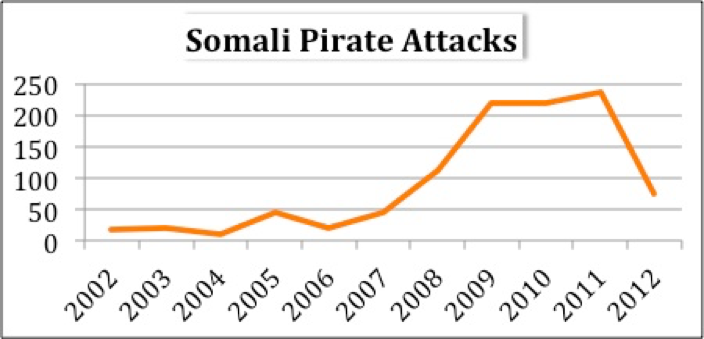Originally Published by the Global Initiative Against Transnational Organized Crime, Available Here.
The boat was packed. Five hundred men and women were on board, hailing from Ghana, Somalia Eritrea, and a kaleidoscope of other countries. Sailing north from the Libyan coast the boat was within sight of its destination when it began taking on water, and then capsized. While coast guard vessels rescued some of the migrants, few knew how to swim. The bodies floating in the surf off the Italian island of Lampadusa were a grim reminder of the desperate journey many embark on for a better life, and the often-fatal dangers they face.
While migration is no crime, the challenges of negotiating complex immigration or asylum procedures in destination countries, or transiting the complex geographical routes across inhospitable terrains leads many to seek the assistance of smuggling groups to help them navigate their passage. As a consequence, migrant smuggling is becoming all pervasive in the modern world. Migrant smuggling denotes a situation in which an individual willing contracts with a third party to be transported into another country without having formal documentation or consent to enter that country.
The demand for illicit migration is driven by the economic discrepancies between the developed and developing world. The salaries of Europe, the U.S., Canada, and Australia far higher than what can be earned in many developing countries. For millions of young adults facing bleak job market in low-income areas of Africa, Latin America, and Asia, the most viable way to achieve financial success is to engage in a risky, and often unsuccessful migration to the developed world. Others, fleeing from war or oppressive governments, may have little choice but to migrate and hope for the best.
Specialized migrant smuggling organizations have arisen to cater to this demand. The market is lucrative, generating more than $6.75 billion annually for the groups involved. Migrant smuggling is often facilitated by a vast number of different groups, each specializing in moving people through one distinct geographic area. Some of the gangs are highly complex, able to supply doctored passports or maintain fleets of migrant smuggling vessels. More frequently, the smugglers are minimally organized and low tech. Successfully moving someone across a land border requires an intimate knowledge of the territory and the operational habits of border guards, creating a low bar for prospective migrant smugglers who live alongside an international border.
The largest flows of illicit migrants move via two well defined corridors: from Central America into the United States, and from Africa into Europe. The Latin America-US corridor is one of the most well-traveled illicit migration routes in the world. Migrants, mainly from Mexico, Central, and South America, along with smaller numbers of Asian and African migrants, attempt to cross Mexico’s border with the U.S. in areas that are remote yet have access to roads. Historically most the migrant smugglers in the area have been small, locally based organizations. This has shifted over the last decade, as Mexico’s powerful drug trafficking organizations have moved into the market. The UNODC Global Threat Assessment estimated that this high traffic route may be used by upwards of three million migrants every year.
The other large migration corridor extends from Africa to Europe. Routes extend from sub-Saharan Africa either across the Saharan desert and on to the North African Coast, or to the West African coast. At either of these end points, the smuggled migrants face a daunting sea voyage. From West Africa, migrants attempt to reach Spain’s Canary Islands. From North Africa, migrants attempt to cross the Mediterranean, often aiming for Italy. Historically, the number of migrants smuggled along these routes and into Europe has been a far smaller than what is seen along the US-Mexico border, but with the increasing instability in North Africa and the Sahel, these numbers have been rising exponentially. 92 migrants were recently found dead in the northern deserts towards the Libyan border, the majority of which were children. A European intelligence officer recently estimated that 3000 migrants pass through the Agadez region of Niger each week, and that represents fifty per cent of the migrants landing on the shores of Lampedusa.
Whichever route they take, smuggled migrants often face extreme danger. Once outside of their own country, they become dependent on smuggling groups for their survival. This dependence can open the smuggled individual to physical and sexual abuse at the hands of the smugglers, as well as forced labour and coercive demands for money. The line between migrant smuggling and human trafficking is particularly fine. Migrants may start off a journey as willing participants, however their vulnerability can lead to their exploitation at the hands of criminal groups. Finally, corrupt security officials who control the areas migrants must pass through also frequently victimize them.
Migrant smuggling is unlikely to dissipate in the near future. Populations are continuing to grow in many nations in the developing world, creating a fierce battle for available jobs. Young adults who are financially and physically able are likely to continue to try to reach high-wage countries in North America and Europe. While for some the migration will end happily, for far too many their efforts to get a better life will lead to abuse, injury, or death in the clear waters of the Mediterranean or somewhere in the vast Sahara.


